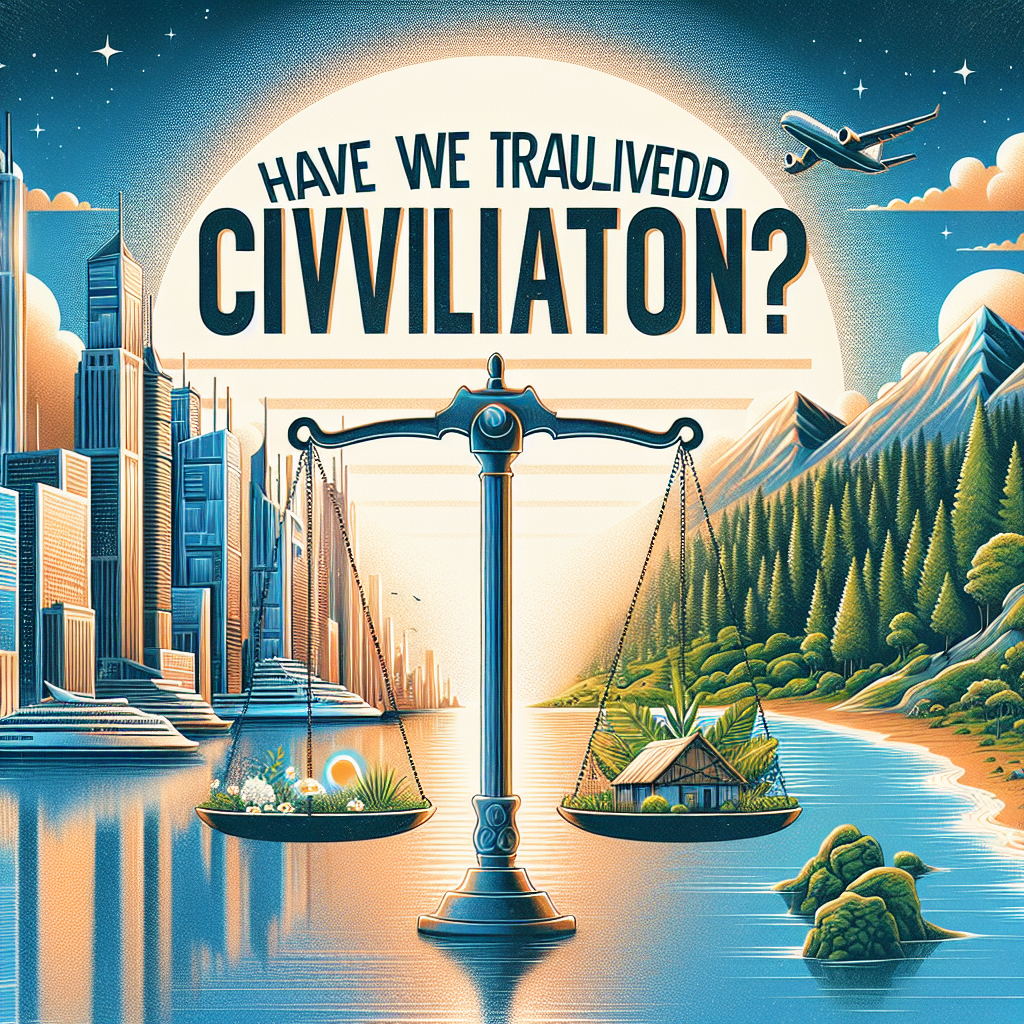The humanitarian crisis following the October 7, 2023, attacks has triggered a stark disparity in reactions from the world’s media and its citizens. While the deaths of 1,200 Israelis elicited outrage and mourning, the deaths of over 41,000 Palestinians, primarily women and children, have been met with a troubling indifference. Headlines such as “Israel Under Attack” dominate the narrative, overshadowing the mounting casualties in Gaza and Lebanon. This glaring imbalance raises questions about the moral compass of societies that claim to uphold civilized values. The author expresses deep criticism of the justifications often cited for such violence, acknowledging that, although Hamas initiated the conflict, it does not absolve anyone of the responsibility to grieve for the innocent lives lost in the aftermath.
The author draws parallels between past conflicts and the current situation, evoking memories of U.S. military campaigns that resulted in staggering civilian casualties—like those in Vietnam and Iraq. Such historical context is utilized to illustrate how the cycle of violence perpetuates indifference to civilian suffering, particularly when the victims are Palestinians. The author points out that the narrative has been shaped to equate criticism of Israeli actions with anti-Semitism, creating a convenient shield for those perpetuating violence. This conflation stifles genuine discourse and prevents a nuanced understanding of the conflict.
To contextualize the ongoing violence, the narrative delves into the complex history of Zionist immigration to Palestine, beginning with the British Mandate in the early 20th century. The author emphasizes that the land was not unoccupied, as Jewish settlers arrived and began to displace Palestinian communities through both economic and violent means. The historical thread highlights the expulsion of Palestinians during the establishment of Israel in 1948, where around 750,000 were forcibly removed from their homes. This historical trauma is compounded by the existence of refugee camps that, decades later, continue to house the descendants of those displaced.
The author’s recollections of visits to Palestinian refugee camps reflect the long-standing plight of the Palestinian people, who have endured generations of statelessness and poverty since 1948. The ongoing cycle of violence is portrayed as a continuous struggle against a backdrop of historical injustices faced by the Palestinians. This narrative seeks to humanize the victims of conflict, turning the focus away from political justifications of war and towards the lived experiences of those caught in the turmoil.
Moreover, the discussion raises a poignant question regarding the value placed on human lives in the context of international response to violence. The author critiques the seeming disregard for Palestinian lives, likening their loss to that of pests rather than human beings deserving of empathy. This rhetorical questioning ignites a critical examination of societal values and priorities, challenging readers to confront the implications of systemic bias in how lives are valued differently based on nationality or ethnicity.
In conclusion, the article serves as a passionate call for a reassessment of how the world responds to violence, urging a more compassionate and equitable consideration of all human lives affected by conflict. By bringing to light the stark inequalities in the reactions to Israeli and Palestinian deaths, the narrative implores readers to question the moral fabric of a society that can choose selective outrage. Through historical reflection and a focus on the consequences of indifference, the author encourages a deeper understanding of the ongoing crisis, advocating for a future where all lives are regarded with equal dignity and concern.

